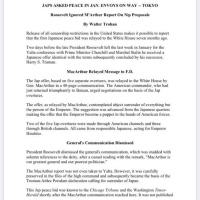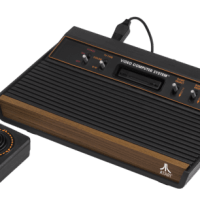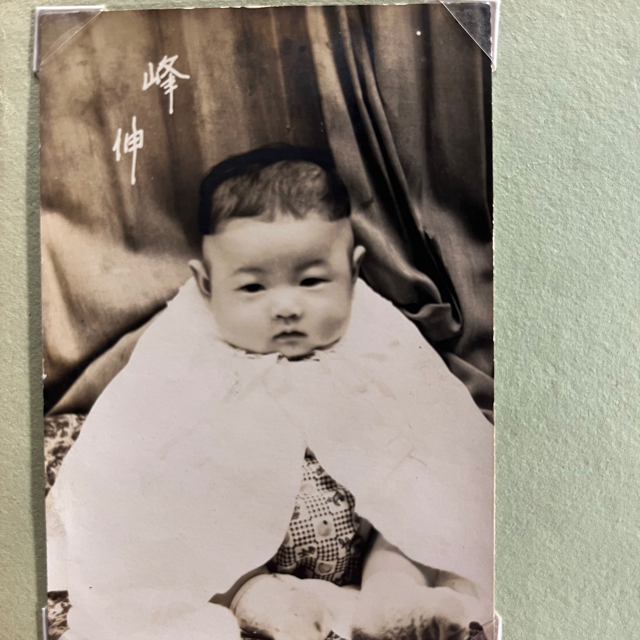ナノテクノロジー
[nanotechnology]
ナノサイズ(10-9 m)に由来する新機能をもった物質や分子デバイスを,原子や分子の段階から設計・製造し,工業的に利用することをめざす研究分野.ナノサイエンスもほぼ同義語として使われる.近年発展がいちじるしく,ナノカーボン(カーボンナノチューブ*やフラーレン*など),マイクロチップ,医療用マイクロマシン技術,ナノ計測・加工装置の開発,ナノ触媒を用いる高性能燃料電池の開発など,材料,情報通信,ライフサイエンス,環境など広い分野のメゾスコピック領域(1 μm から~1 nm の領域)の研究の根幹をなす科学技術になってきており,近未来社会における産業基盤技術と予想されている.
学術リンク
[nanotechnology]
ナノサイズ(10-9 m)に由来する新機能をもった物質や分子デバイスを,原子や分子の段階から設計・製造し,工業的に利用することをめざす研究分野.ナノサイエンスもほぼ同義語として使われる.近年発展がいちじるしく,ナノカーボン(カーボンナノチューブ*やフラーレン*など),マイクロチップ,医療用マイクロマシン技術,ナノ計測・加工装置の開発,ナノ触媒を用いる高性能燃料電池の開発など,材料,情報通信,ライフサイエンス,環境など広い分野のメゾスコピック領域(1 μm から~1 nm の領域)の研究の根幹をなす科学技術になってきており,近未来社会における産業基盤技術と予想されている.
学術リンク


























Visualization of interaction between inorganic nanoparticles and bacteria or fungi.
Chwalibog A, Sawosz E, Hotowy A, Szeliga J, Mitura S, Mitura K, Grodzik M, Orlowski P, Sokolowska A.
University of Copenhagen, Copenhagen, Denmark.
Abstract
PURPOSE: The objective of the present investigation was to evaluate the morphologic characteristics of self-assemblies of diamond (nano-D), silver (nano-Ag), gold (nano-Au), and platinum (nano-Pt) nanoparticles with Staphylococcus aureus (bacteria) and Candida albicans (fungi), to determine the possibility of constructing microorganism-nanoparticle vehicles.
METHODS: Hydrocolloids of individual nanoparticles were added to suspensions of S. aureus and C. albicans. Immediately after mixing, the samples were inspected by transmission electron microscopy.
RESULTS: Visualization of the morphologic interaction between the nanoparticles and microorganisms showed that nano-D, which are dielectrics and exhibit a positive zeta potential, were very different from the membrane potentials of microorganisms, and uniformly surrounded the microorganisms, without causing visible damage and destruction of cells. All metal nanoparticles with negative zeta potential had cell damaging properties. Nano-Ag showed the properties of self-organization with the cells, disintegrating the cell walls and cytoplasmic membranes, and releasing a substance (probably cytoplasm) outside the cell. Arrangement of nano-Au with microorganisms did not create a system of self-organization, but instead a "noncontact" interaction between the nanoparticles and microorganisms was observed to cause damage to fungal cells. Nano-Pt caused both microorganisms to release a substance outside the cell and disintegrated the cytoplasmic membrane and cell wall.
CONCLUSION: Nano-Ag, nano-Au, and nano-Pt (all metal nanoparticles) are harmful to bacteria and fungi. In contrast, nano-D bind closely to the surface of microorganisms without causing visible damage to cells, and demonstrating good self-assembling ability. The results indicate that both microorganisms could be used as potential carriers for nano-D.